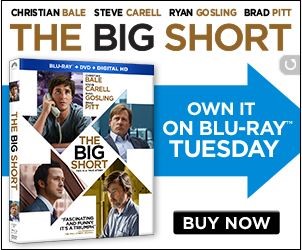The journey a customer goes on to make a purchase is different than it was twenty years ago. Today, a purchase journey consists of multiple touch points, research, and stages. We call this path the marketing funnel. While every business has its own way of connecting with new customers, every business has some type of marketing funnel that usually consists of four stages.

These four stages are Awareness, Discovery, Interest, Action.
Each of these levels are stages that a customer goes through in their journey to make a purchase. It becomes the marketer’s job to keep the customer moving from one stage to the next. Understanding the difference between these stages is crucial to directing customers to their end purchase.
In my blog today, I want to focus on two of the stages in a standard marketing funnel – the Awareness and Interest Stages. I want to break down these stages because they’re the stages where we typically see clients have the most trouble.
[space]
The Awareness Stage
Let’s start with the top of the marketing funnel. The Awareness Stage is where a customer will begin their purchase journey. This is also where the largest number of potential customers will make first contact with your business.
First, we’ll take a look at three important pieces of the Awareness Stage. It’s important to know the type of visitor that will be coming to your website. This gives you a better idea of what your goal will be in this stage. Next, I’ll discuss why it’s important to track the visitors that are coming to your website. Finally, we’ll focus on the Ad Message. A good Ad Message will evoke reaction in the people who see it and help motivate them to continue in the funnel.
- Visitor Type: The people you begin in this stage are cold prospects. They have no previous knowledge of your company or your services.
- Stage Goal: In this stage, the main goal here will be driving traffic to the website and to “cookie” or track where your site visitors are going. This is important so we can spend your advertising dollars smarter by reaching people later in the funnel who you know are already interested in your company.
- Ad Message: The advertisements in this stage should contain general information and lead to a content based landing page. The content should evoke emotion in your visitors.
Once the customer meets the stage goal, they are primed for another touch point on behalf of your business. They’re also ready to move to the next stage of the marketing funnel – The Discovery Stage. In this stage, the customer will be interested in learning more about your business and the products/services you offer. Quality content and specific ads will drive the customer through the Discovery Stage and into the next level I’m going to discuss.
The Interest Stage
Nearing the end of the marketing funnel is the Interest Stage. When customers enter into this stage, they’re approaching the finish line of their purchasing journey. There will be fewer people in this stage then at the beginning of the funnel.
In this stage, we’ll start with looking at the same three pieces and show how they operate differently than those in the Awareness stage.
- Visitor Type: In the Interest Stage, the visitors that you want to target are going to be those that are more engaged with your webpage. These users have a deeper level of interest than those we target in the Awareness Stage.
- Stage Goal: The goal during this stage differs from the Awareness Stage as we want them to give us that first yes. The first yes could be any action that signifies interest in your company. Signing up for a newsletter, or downloading a whitepaper would be an example.
- Ad Message: The third thing you should focus on is the ad message that will have a stronger call-to-action (CTA). The CTA in these ads should ask them to take an action for more information. The CTA in the Awareness Stage will simply ask them to visit the website to learn more.
Once the customer meets this stage goal they enter the Action Stage. As the name suggests, when a customer enters the final level of the marketing funnel the goal is to direct them to make a purchase.
Build your own Marketing Funnel
When you have a complete Marketing Funnel working for you, it helps you operate your business smoothly. Part of that, includes getting the most out of your advertising dollars by maximizing your opportunity when you get your ad in front of a potential customer. Using the right message when they’re in certain stages of the funnel eases their transition to becoming a customer.
If you’d like to learn more about how you can start influencing customers to make a purchase, check out the other articles on our site. You can also contact us at any time to set up a time to talk.